
The United States Chess Federation is the governing body for chess competition in the United States and represents the U.S. in FIDE, the World Chess Federation. US Chess administers the official national rating system, awards national titles, sanctions over twenty national championships annually, and publishes two magazines: Chess Life and Chess Life for Kids. The USCF was founded and incorporated in Illinois in 1939, from the merger of two older chess organizations. It is a 501(c)(3) non-profit organization headquartered in St. Louis, Missouri. Its membership as of 2020 as COVID hit was 97,000; as of 2024 the membership was 112,000.
Stalemate is a situation in chess where the player whose turn it is to move is not in check and has no legal move. Stalemate results in a draw. During the endgame, stalemate is a resource that can enable the player with the inferior position to draw the game rather than lose. In more complex positions, stalemate is much rarer, usually taking the form of a swindle that succeeds only if the superior side is inattentive. Stalemate is also a common theme in endgame studies and other chess problems.

Paul Truong is an American and Cambodian chess player, trainer, and organizer. He was born Trương Hoài Nhân in Saigon, South Vietnam. Truong holds the USCF title of National Master and the FIDE title of FIDE Master.

Reuben C. Fine was an American chess player, psychologist, university professor, and author of many books on both chess and psychology. He was one of the strongest chess players in the world from the mid-1930s until his retirement from chess in 1951. He was granted the title of International Grandmaster by FIDE in 1950, when titles were introduced.

Robert Eugene Byrne was an American chess player and chess author who held the FIDE title of Grandmaster (GM). He won the U.S. Championship in 1972, and was a World Chess Championship Candidate in 1974. Byrne represented the United States nine times in Chess Olympiads from 1952 to 1976 and won seven medals. He was the chess columnist from 1972 to 2006 for The New York Times, which ran his final column on November 12, 2006. Byrne worked as a university professor for many years, before becoming a chess professional in the early 1970s.
The Benko Gambit is a chess opening characterised by the move 3...b5 in the Benoni Defence arising after:
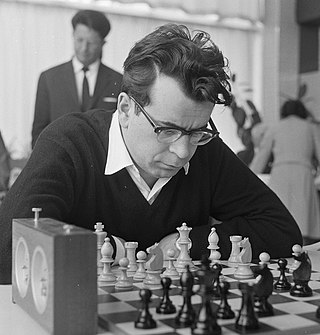
Pal Charles Benko was a Hungarian and American chess player, author, and composer of endgame studies and chess problems.
William Goichberg is a chess master and chess tournament organizer and director. He founded the Continental Chess Association (CCA), which runs the annual World Open and other large tournaments. He is also a former president of the United States Chess Federation (USCF).
Denis J. Barry was president of the United States Chess Federation from 1993 to 1996. He was an enthusiastic chess organizer, best known for establishing the US Amateur Team East Chess Championship, which is held annually in Parsippany, New Jersey, and which remains one of the most popular USCF events. Barry was the captain and guide for the US Blind Team in three Blind Chess Olympiads. He also organized the third USCF Blind Championship in 1977, and was the first to use Braille wallcharts at that tournament.
In chess, a fortress is an endgame drawing technique in which the side behind in material sets up a zone of protection that the opponent cannot penetrate. This might involve keeping the enemy king out of one's position, or a zone the enemy cannot force one out of. An elementary fortress is a theoretically drawn position with reduced material in which a passive defense will maintain the draw.
Burt Hochberg was an expert on chess and other games and puzzles. He authored and edited many books on chess, and served as editor of both Chess Life, and GAMES magazine. Hochberg has been the longest-serving editor in the history of Chess Life magazine.
In chess, a desperado is a piece that is either en prise or trapped, but captures an enemy piece before it is itself captured in order to compensate the loss a little, or is used as a sacrifice that will result in stalemate if it is captured. The former case can arise in a situation where both sides have hanging pieces, in which case these pieces are used to win material prior to being captured. A desperado in the latter case is usually a rook or a queen; such a piece is sometimes also called crazy or mad.
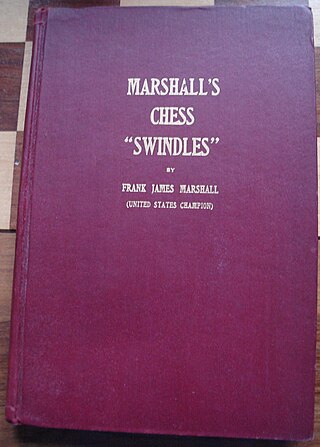
In chess, a swindle is a ruse by which a player in a losing position tricks their opponent and thereby achieves a win or draw instead of the expected loss. It may also refer more generally to obtaining a win or draw from a clearly losing position. I. A. Horowitz and Fred Reinfeld distinguish among "traps", "pitfalls", and "swindles". In their terminology, a "trap" refers to a situation where players go wrong through their own efforts. In a "pitfall", the beneficiary of the pitfall plays an active role, creating a situation where a plausible move by the opponent will turn out badly. A "swindle" is a pitfall adopted by a player who has a clearly lost game. Horowitz and Reinfeld observe that swindles, "though ignored in virtually all chess books", "play an enormously important role in over-the-board chess, and decide the fate of countless games".
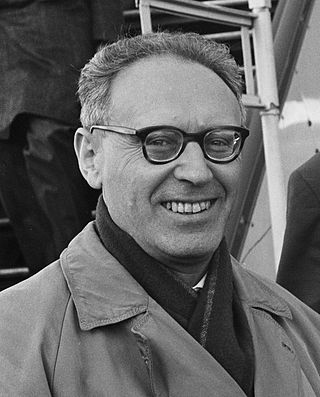
At the World Chess Championship 1963, Tigran Petrosian narrowly qualified to challenge Mikhail Botvinnik for the World Chess Championship, and then won the match to become the ninth World Chess Champion. The cycle is particularly remembered for the controversy surrounding the Candidates' Tournament at Curaçao in 1962, which resulted in FIDE changing the format of the Candidates Tournament to a series of knockout matches.
The Piatigorsky Cup was a triennial series of double round-robin grandmaster chess tournaments held in the United States in the 1960s. Sponsored by the Piatigorsky Foundation, only two events were held, in 1963 and 1966. The Piatigorsky Cups were the strongest U.S. chess tournaments since New York 1927.
Much literature about chess endgames has been produced in the form of books and magazines. A bibliography of endgame books is below.

My 60 Memorable Games is a chess book by Bobby Fischer, first published in 1969. It is a collection of his games dating from the 1957 New Jersey Open to the 1967 Sousse Interzonal. Unlike many players' anthologies, which are often titled My Best Games and include only wins or draws, My 60 Memorable Games includes nine draws and three losses. It has been described as a "classic of objective and painstaking analysis" and is regarded as one of the great pieces of chess literature.
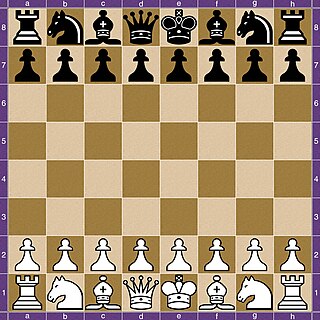
The game of chess is commonly divided into three phases: the opening, middlegame, and endgame. There is a large body of theory regarding how the game should be played in each of these phases, especially the opening and endgame. Those who write about chess theory, who are often also eminent players, are referred to as "theorists" or "theoreticians".
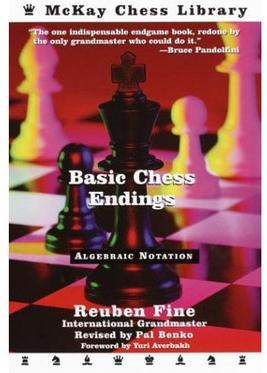
Basic Chess Endings is a book on chess endgames which was written by Grandmaster Reuben Fine and originally published on October 27, 1941. It is considered the first systematic book in English on the endgame phase of the game of chess. It is the best-known endgame book in English and is a classic piece of chess endgame literature. The book is dedicated to World Champion Emanuel Lasker, who died in 1941. It was revised in 2003 by Pal Benko.











